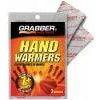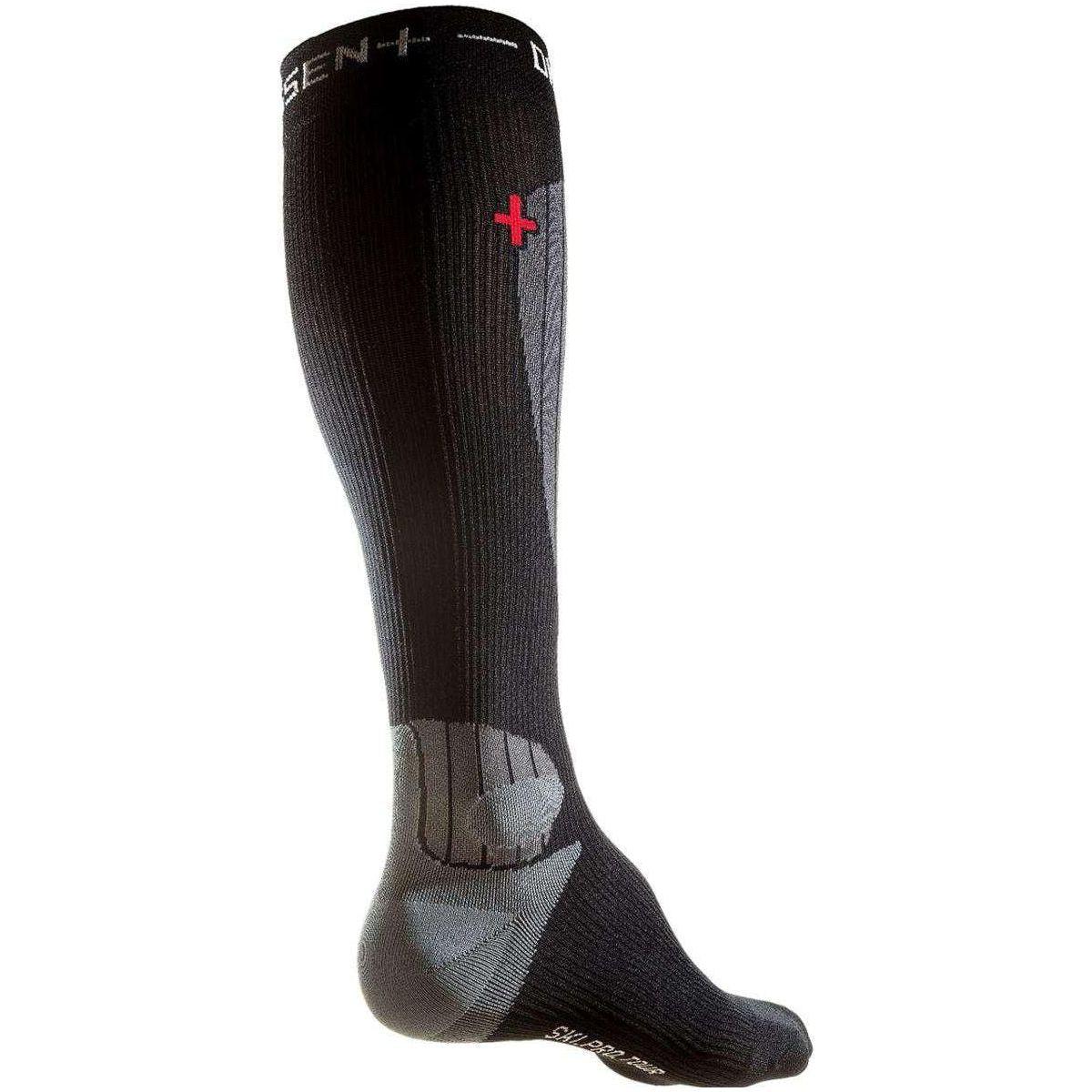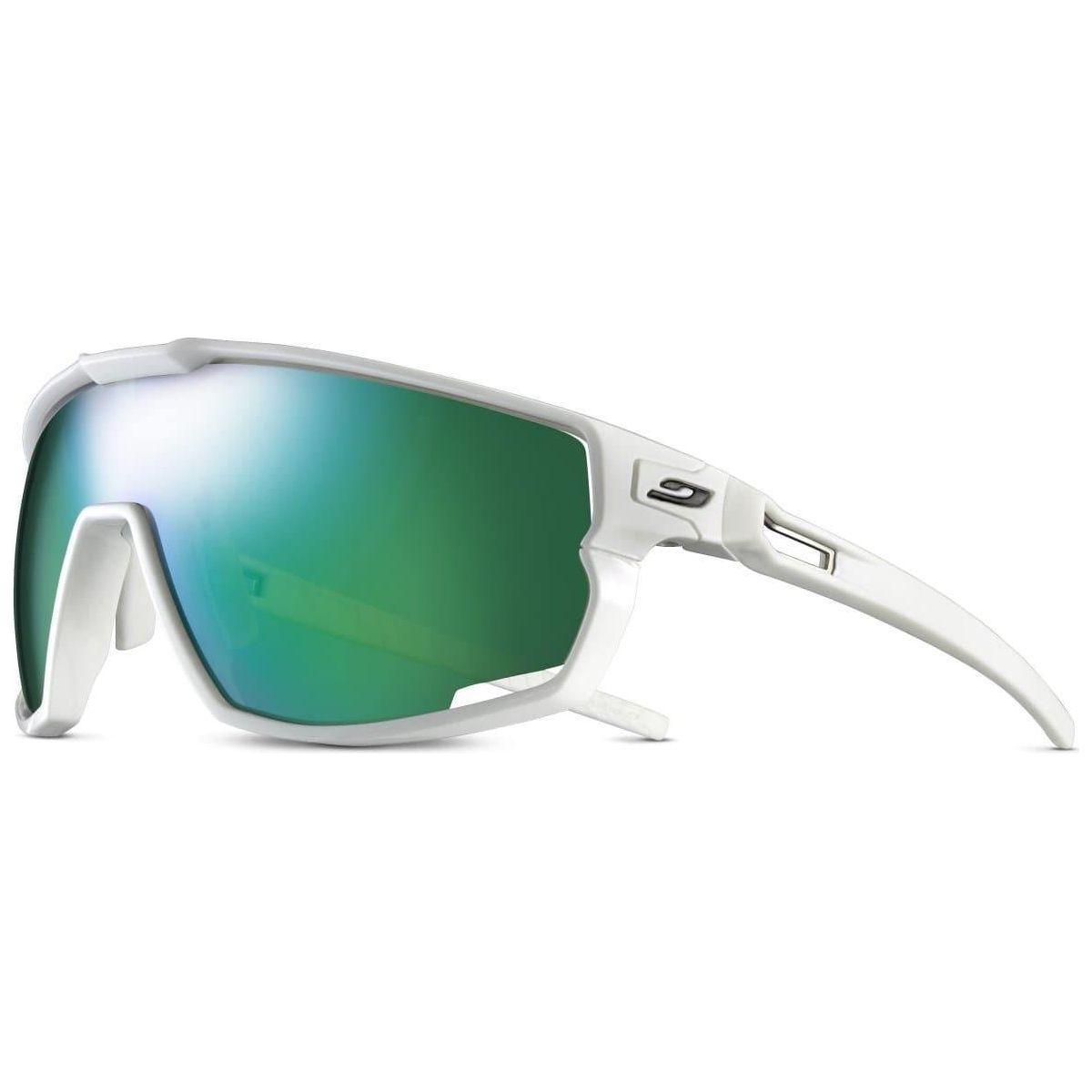Salomon MTN/Atomic Backland: Setting the benchmark for lightweight ski touring bindings
These days, tech bindings are getting so light and strong that unless you plan on skiing your touring setup on the resort day in and day out, you can really opt for a lightweight binding without sacrificing confidence. At 297 grams (no brake), the Salomon MTN/Atomic Backland is one of those ‘mountaineering’ category bindings that has thoroughly impressed. As a big guy and aggressive skier, I will take whatever weight penalty necessary to ensure I won’t pre-release. However, after extensive use (and abuse), i’ve come to the conclusion that the MTN/Backland can handle whatever the backcountry throws at it.

Going DEEP on the Atomic Backlands
Design/Functionality
Toe
The name of the game with this binding is simplicity. The toe piece features a no frills design with minimal moving parts and with the exception of the lock lever, a full metal construction. When stepping into the binding, a metal bar acts as a guide to align your the pins with your boot. Four springs provide impressive retention for this lightweight offering. After a season of use, I put these bindings through the ringer. Not only did the springs keep me locked into the toe, but the hole pattern kept the binding in the ski. Well spaced out and a rectangular design means that you can absolutely crank on this toe piece and not have to worry about binding pullout, or pre-release.

The lock lever is the only non-metal component in the toe
Heel
The heel design is simplistic, predominantly metal, and comes with a number of features that aren't always seen in a sub 300 gram binding. The heel tower offers three different climbing aids which can be accesed by rotating the tower 90 . If you know you won’t be needing the flat touring mode, or if you would like a quicker transition, the climbing aids can be lowered right on top of the pins. This gives you access to both your medium and high touring heights without rotating the heel. 30mm of travel means you can run the binding with different sized boots. The hole pattern is a long and spread out rectangle, which again helps to avoid screw pullout. For a binding this light and built out of majority metal, we are psyched at the features.
No need for flat? Lower the riser directly over the pins for quicker transitions
Ski/Binding Connection
One of my favorite things about the MTN/Backland is the metal on metal connection between binding and ski. Both the heel and toe feature a rectangular hole pattern with a minimum distance of 30mm between screws. Because of the distance and symmetry of the hole pattern, screw pullout is not a likelihood. Additionally, all of the bindings functional components are metal. The sections of the binding we torque on most, are built to handle the stress. The MTN/Backland is durable and once you mount it on your ski, it’s not going anywhere. All the more impressive when you consider its sub 300 gram weight.
Release
The MTN/Backland comes with three different fixed U-Springs which equate to three different release values (which just for the record are moderately sexist). *Disclaimer, these estimates change with factors such as BSL, Skier weight/height, etc. Only use these as a rough guide* The Women’s spring roughly equates to a 6-7 release value, the Men’s an 8-9, and the Expert a 12-13. I am 6’5, 200 lbs and ski on the expert spring. I have skied everything from bullet proof in Whistler to bottomless snow in the Colorado backcountry. The only times I feel like I am really pushing the limits of what this binding can handle are if I am jumping off of things when the snow isn’t the softest, or if the ski surface is extremely hard/uneven. Other than those extreme cases, I have found this binding to release only when I need them to.
Something to take into account when skiing a fixed U-Spring heel is that there is less ability to ‘fine tune’ the release of the binding. Because the heel spring is a fixed shape, the vertical release is pre-determined by the characteristics of the pin. And in the case of the MTN/Backland, the lateral release is also dictated by the shape of the spring (as opposed to a heel piece like the Dynafit Superlite, where the horizontal release is dictated by the turning of a screw).
(Left -> right) Women's, Men's, and Expert Springs
Durability
I have 50+ days on my pair of Atomic Backlands and they have stood up to the test thus far. Thanks to the simplistic design, minimal moving parts, and predominantly metal components, I have high hopes for the future as well. So in terms of durability: so far, SO good. To be continued...
Overall Impressions
I have really enjoyed this binding. It’s light yet still gives you three riser heights and 30mm of adjustability in the heel. It’s really a great option for big guys who want a lightweight touring binding, or someone that wants to run multiple boots on a lightweight ski. This ‘mountaineering’ category of touring binding has seen significant industry investment in the past few years, so it will be exciting to see how this binding holds up to new competition.













